Last Updated on October 1, 2025 by Ewen Finser
What’s up bean counters, finance bros, and SMB owners? I’m a CPA, and therefore live in the weeds of payables, bills, managing invoices, you name it, I’ve handled it. I manage vendor payments for construction crews, retailers, and service shops, among others. When a vendor asks, “Did the ACH clear yet?” it’s my phone that buzzes – typically because someone is out of money and is relying on those funds. This is the guide I wish every client had, with plain facts on how long ACH payments take to reach the vendor, plus the levers you can pull to speed things up. Let’s get started.
The Bottom Line Up Front
- ACH can settle same day, next day, or two banking days for credits, depending on submission windows and risk checks. The network settles multiple times per banking day.
- Same Day ACH windows expanded in 2021 to add later processing, which helps late-day submissions.
This network reality is why “ACH is 1–3 days” on paper, yet your vendor sometimes waits longer in practice or receives them quicker than anticipated. Platforms review risks, analyzing risk on new-payee checks, and cutoffs add time. However, most modern bill pay platforms such as Melio, QBO Bill Pay, or Bill.com, will be able to push ACH transactions through quicker ( usually next business day) as long as a consistent payment history has been established.
Who Are Some of The Top Players in Today’s EFT Landscape?
When you’re paying a bill using electronic funds transfers, you’ll probably find yourself entrenched in Melio, Bill.com, Ramp, Tipalti, or QBO Bill Pay if you’re a small business. While there are dozens of others like SAP, Oracle, Sage, bank to bank, etc., out there I have found most small businesses default to one of the above, and for good reason. They all work! But they all send ACHs a little differently and their settlement times differ slightly.
Melio (Standalone or via Accounting Integrations)
Standard ACH to Vendor: I have found in my experience, from the time you hit submit you can expect the vendor to have their funds in 3 business days.
Rush Options: Same-Day ACH (cutoff 2:00 PM ET) and Instant ACH (funds in minutes during weekday hours).
Notes: If you pay by card and Melio converts to ACH for your vendor, delivery can be same business day when approved before 2:00 PM ET. Melio also shows a payment progress bar, which reduces “where is my money?” calls from your vendors.
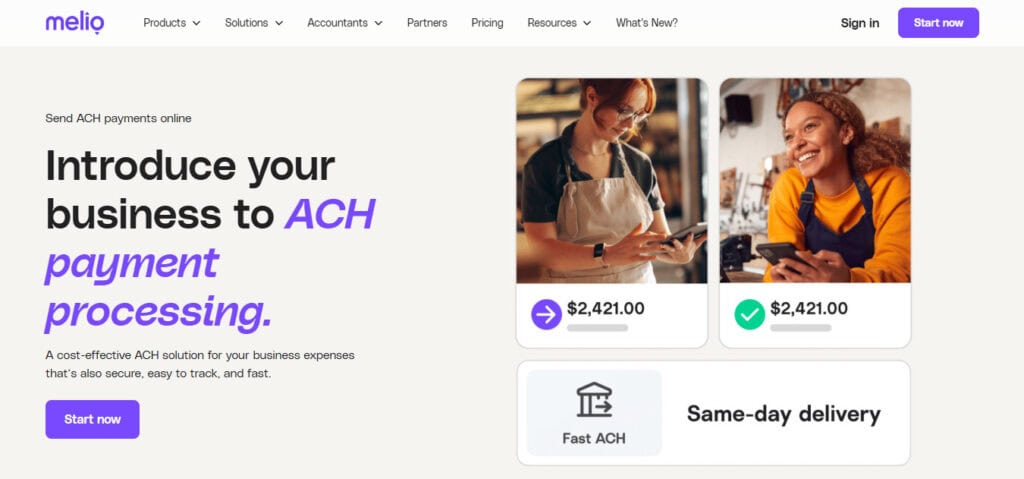
What I See in the Field: standard ACH lands in three business days when everything is clean (known vendor, typical amounts). When timing is tight, such as pay-on-delivery, lien releases, or freight, same-day or instant ACH has real value. Melio publishes the cutoffs and the “instant” service window, so scheduling feels predictable.
Bottom line: Melio has a reliable 3-day standard, with clearly documented same-day and instant rails when you need them.
QuickBooks Bill Pay (The Native Intuit Service)
First and foremost, unfortunately QuickBooks retired the old “Bill Pay powered by Melio” integration in 2024 and moved to QuickBooks Bill Pay with its own tiers. That change matters because delivery times and fees come from Intuit now, not Melio.
Standard ACH to Vendor: In my experience, it takes about 3–5 business days, depending on vendor and payment history, as well as amount. I know because I am often paid by ACH, and it feels like it takes forever for me to receive if they’re a new client.
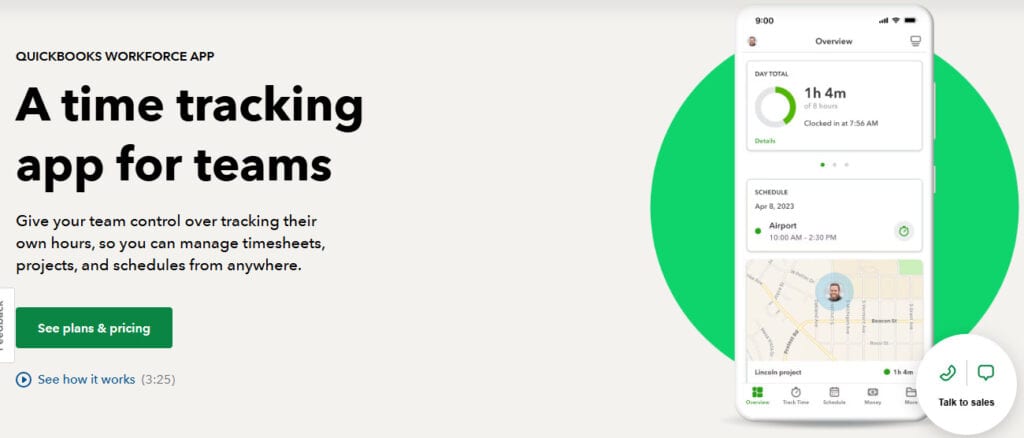
Rush Option: Faster ACH = 1 business day if you schedule by 5:00 PM PT; but of course extra fees apply. There is also a $25,000 per-payment limit. Delivery can still vary if a risk review triggers.
My take: in the first month with QB Bill Pay, I plan for the longer end of the window while the account “beds in.” After that, standard 3–5 days is typical, and Next-Day/Faster ACH covers crunch situations within the posted cutoff and limit, however $25,000 isn’t a large amount for many small businesses, so you may need to consider a wire.
BILL (Bill.com)
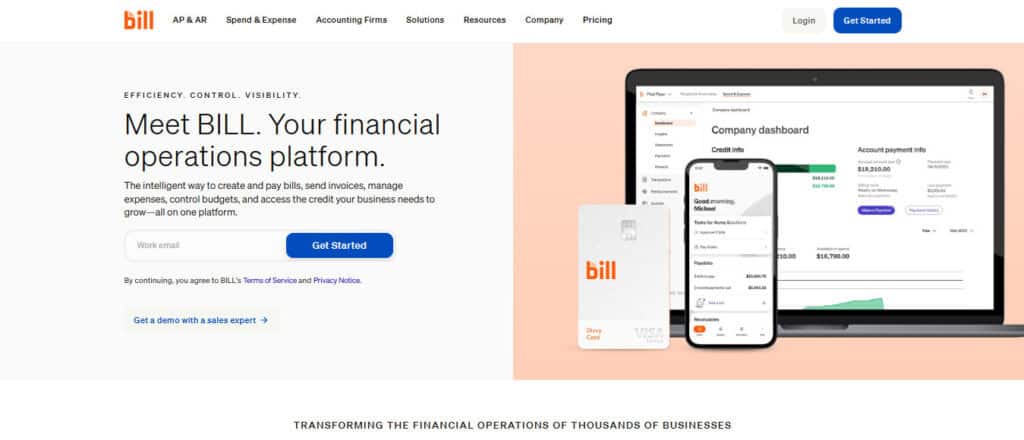
BILL’s language centers on the “process date” which is the day BILL debits your account. From that date, their guidance is as follows:
Standard ePayment (ACH) to vendor: within 3 banking days after the process date. BILL also offers Pay Faster with Same Day ACH if you meet the 10:00 AM PT / 1:00 PM ET scheduling deadline. First-time vendors and certain risk scenarios can add days.
What This Means in Practice: If you set a process date of Tuesday, you plan for vendor receipt by Friday under standard timing, barring weekends or holds. For urgent cases, use Same Day ACH and hit the morning cutoff.
Ramp Bill Pay
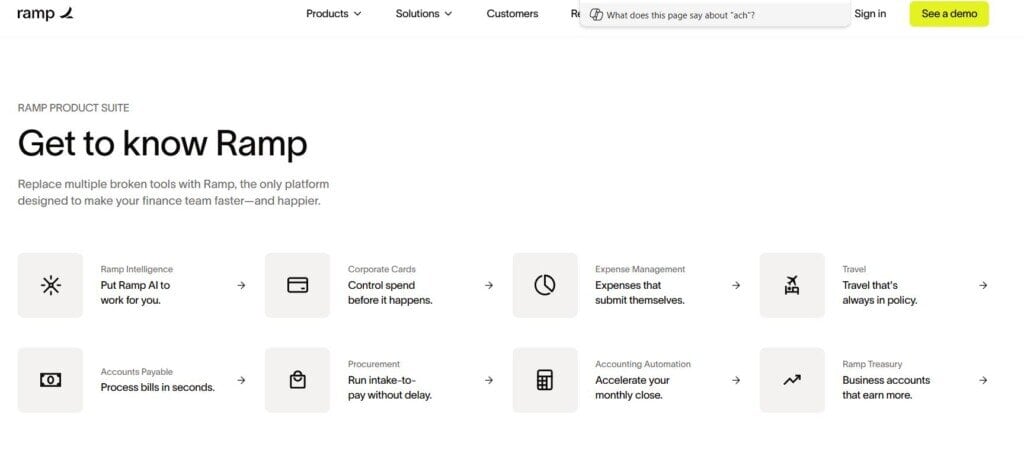
Standard ACH to Vendor: What I’ve seen is that it typically takes 2–5 business days (the portal says some payments land in 2, while others take 5 depending on usage history, limits, and connected bank info).
Rush Option: Same-Day ACH is typically a $10 flat fee, and free if you fund from a Ramp Business (Treasury) Account; but approvals must complete by 4:00 PM ET for same-day.
Ramp publishes both the range for standard ACH and the conditions for same-day. In my experience, once you’ve built some payment history and your vendor bank isn’t flagged as higher risk, standard ACH often posts toward the quicker side of the range.
Tipalti
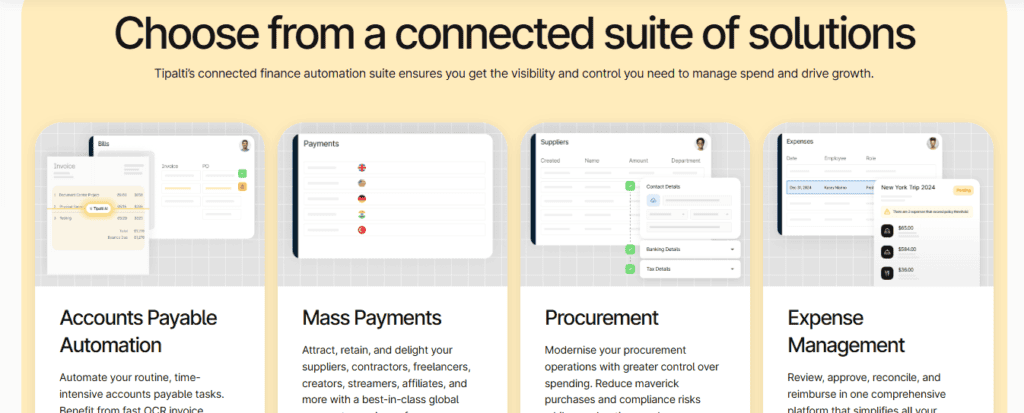
Tipalti is common in mid-market stacks. A key detail is how you fund the check run.
If you fund by ACH debit (Tipalti pulls the funds from your account), the debiting step alone takes about 4 business days before funds hit your Tipalti virtual account. Only then do vendor payments go out.
If you pre-fund by wire or ACH push, payouts can move faster because you skip the 4-day debit wait.
So your vendor’s receipt time = funding lead time (often 4 days for ACH debits) + the onward payment method timing. For tight deadlines, I would avoid ACH-debit funding and pre-fund instead.
Why the Same ACH Can Take Various Amounts of Time
This is the age-old question. Why do some payments to some vendors from some accounts clear the next day, and then other times take five business days? Well, from years of running payables, these are the consistent drivers of timing:
- Cutoff Windows. Miss a platform’s same-day cutoff and you slide a day. ACH runs in daily windows; platforms map their operations to those windows. Oftentimes, these cutoffs are published so you know when you need to get everything uploaded by.
- Risk Reviews and First Payments. New vendors, large jumps in amount, or first-month activity often add manual or automated checks. Expect the longer end of the range on first runs.
- Funding method. If your provider debits you by ACH (Tipalti) before paying your vendor, that adds days ahead of the actual payout.
- Weekends and holidays. No settlement on bank holidays; Friday afternoon submissions can land Tuesday or later.
- RDFI practices. Some receiving banks release funds right on settlement; others impose holds. Providers flag certain banks as higher risk and restrict same-day access.
Platform-by-platform: How I Schedule Payments for Clients
Melio
- Routine bills: schedule 3 business days ahead.
- Tight jobs or lien releases: use Same-Day ACH (2:00 PM ET cutoff).
- Ultra-urgent: Instant ACH during service hours, or card-to-ACH same-day if that’s cheaper given your float and fees. The progress bar lowers vendor follow-ups.
QuickBooks Bill Pay
- For new setups, assume 5 business days while their risk model calibrates.
- If a vendor demands next-day, use Faster ACH and mind the 5:00 PM PT cutoff and $25k cap. Anything more than that, I’d call the bank and ask for a wire to be sent using the vendor’s account number and routing info.
BILL (Bill.com)
- I work backward from the process date. If payroll ate your cash and you must wait until Wednesday to debit, plan for Monday vendor receipt on standard ACH. Make sure to communicate clearly with your vendors for these longer hold times.
- When time matters, use Same-Day ACH and hit the 10:00 AM PT scheduling deadline.
Ramp
- If your cadence is stable, standard ACH often hits in 2–3 days, but allow up to 5.
- For same-day, approve by 4:00 PM ET and budget the $10 fee (or fund via Ramp Business Account to waive it).
Tipalti
- If you use ACH-debit funding, start the process at least four business days earlier than you would on other platforms.
- For urgent payouts, pre-fund by wire or ACH push so the vendor timing isn’t gated by the 4-day debit cycle.
How to Cut a Day or Two Off Your ACH Timeline
These are boring, but they work:
- Collect and verify vendor banking info early. A W-9 with bank details in your vendor file helps you avoid “pending info” delays the week a bill is due. Many platforms slow first-time payments or block same-day for new vendors.
- Use the Right Rail for the Job
- If price matters and the due date is a week out, standard ACH is fine.
- If the due date is tomorrow, use Same-Day ACH and hit the cutoff.
- If the due date is today, check for Instant ACH (Melio) or card-to-ACH options that still land same day. Or, get your banker on the phone and do an instantaneous wire.
- Avoid Friday Surprises. Best practice is to submit by midday Thursday for standard ACH if you need funds to be received by your vendors on Monday.
- Know Your Platform’s Exact Cutoffs and Limits. Post them in your AP playbook. (2:00 PM ET for Melio same-day; 5:00 PM PT for QuickBooks Faster ACH; 10:00 AM PT for BILL Same-Day; 4:00 PM ET for Ramp Same-Day.)
- Watch “Process Date” vs. “Arrival.” Some portals show when your account is debited, not when the vendor receives funds. BILL is explicit about this difference.

A Note on “Why Didn’t my ACH Post Faster?”
ACH can be hours in ideal conditions, and the network has added later same-day windows, but business payment platforms must manage risk, returns, and compliance. That means a standard ACH may still take 2–5 days end-to-end through a platform, especially if it’s a new payee or a large first payment. The network is fast; the guardrails add time.
My practical recommendation
If you want one setup that covers day-to-day bills and the occasional fire drill, pick a service that offers both standard ACH and clearly documented same-day or instant options with transparent cutoffs and status tracking.
In my work, Melio checks those boxes with a clean 3-day standard, Same-Day ACH, and an Instant ACH lane during service hours plus a visible status bar and a documented 2:00 PM ET cutoff. That mix lets me keep most payments on the free rail and only pay for speed when the job demands it. QuickBooks Bill Pay, BILL, Ramp, and Tipalti all offer fast paths too; your choice should match your volume, funding method, and how often you need rush payments.
Final Word
My rule is simple: plan for three business days, and when that won’t cut it, use the same-day or instant rail and hit the posted cutoff. I want one system that does both and shows clear status. In my practice, that often means Melio, because it’s a reliable standard ACH platform with clean, fast options. However, QuickBooks Bill Pay, BILL, Ramp, and Tipalti work if you set firm funding and approval rules. Keep vendor details accurate, schedule before cutoffs, avoid Friday starts, and post your timelines in the AP playbook. Do that, and you stop chasing payments and start closing work on time.

